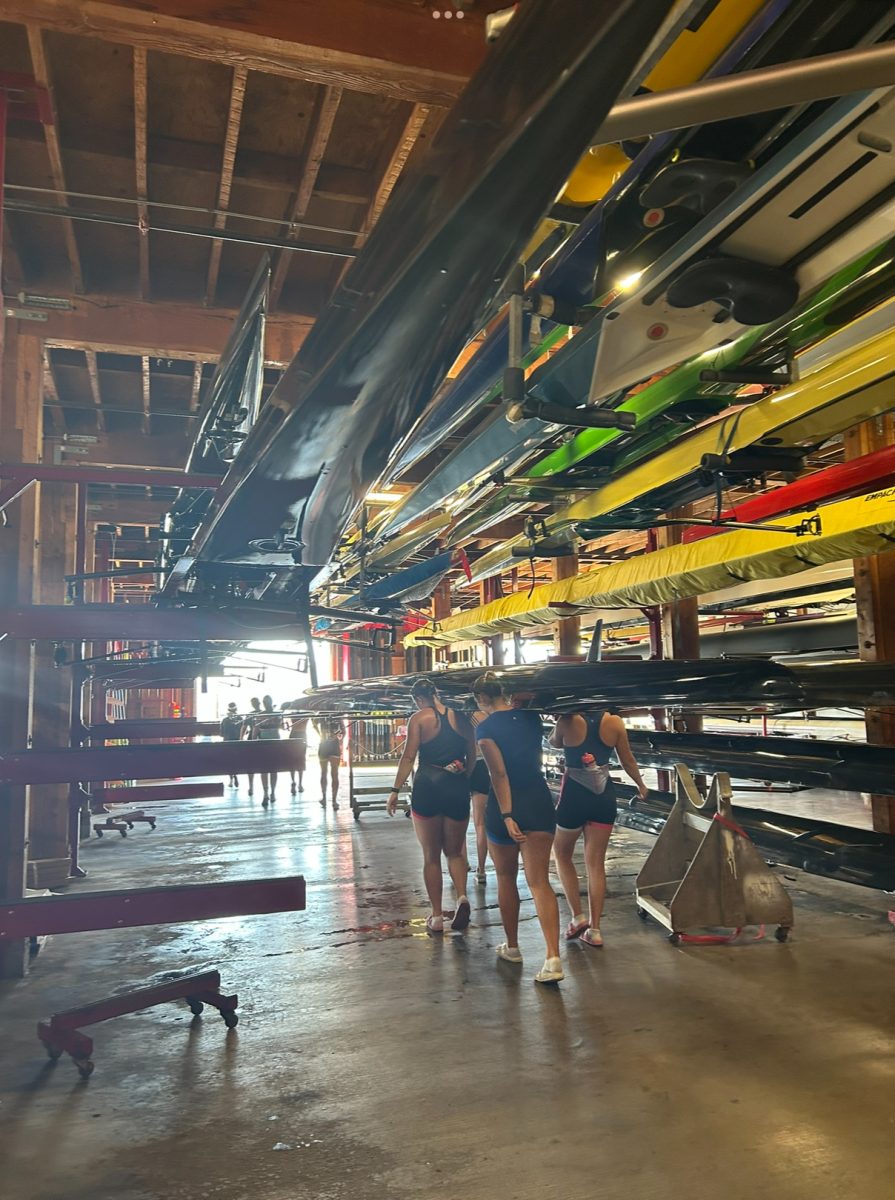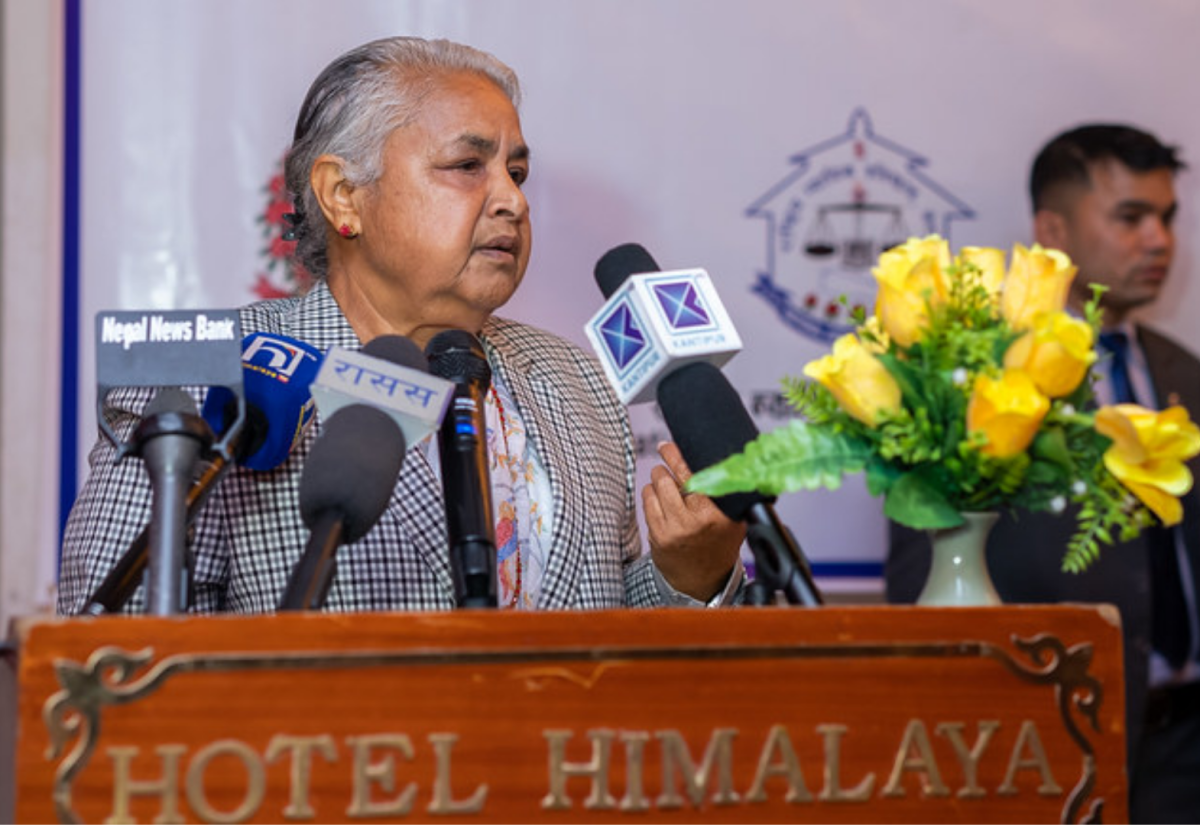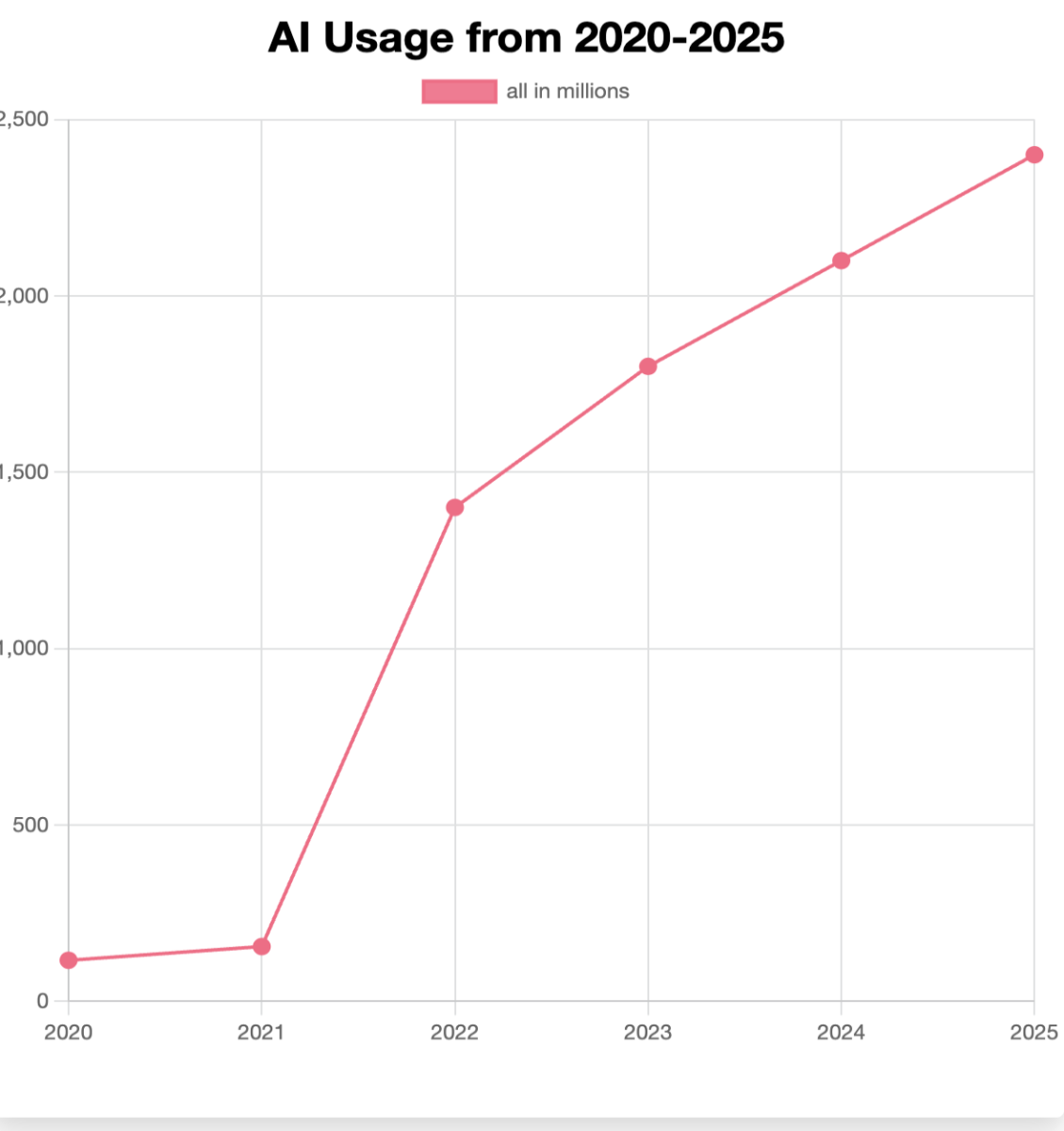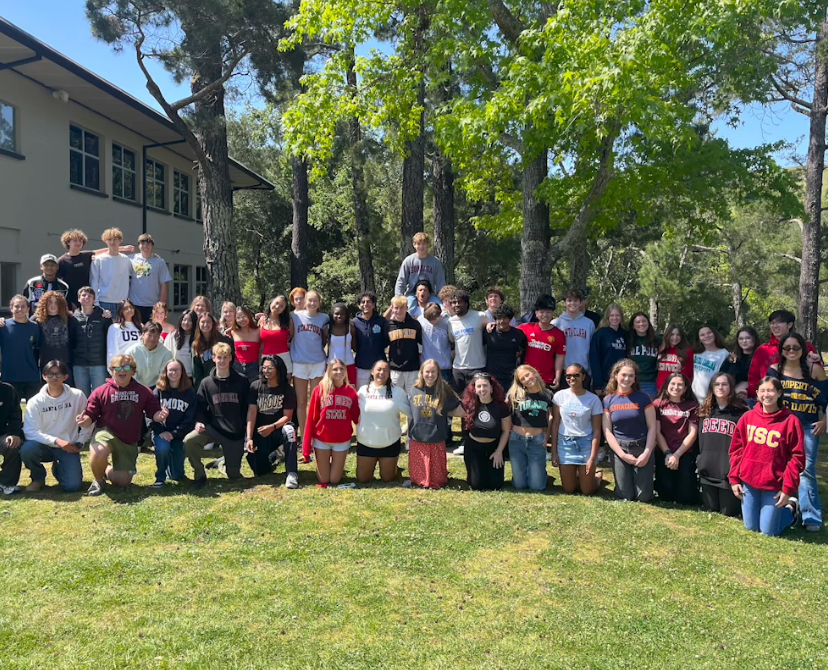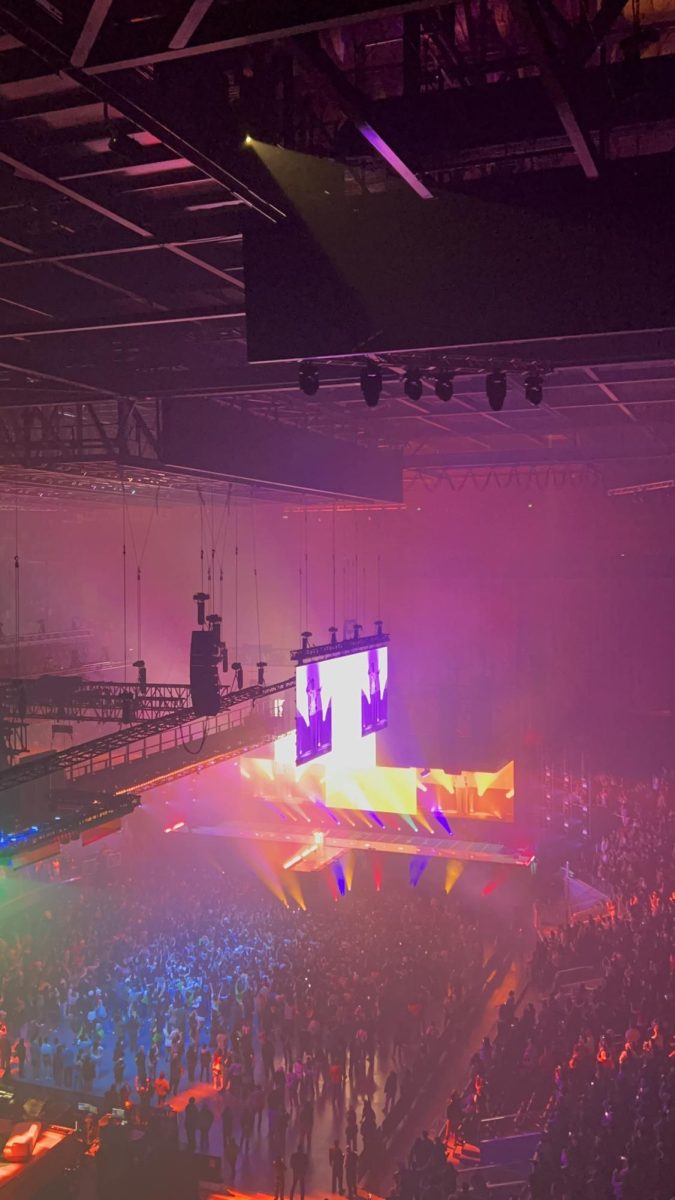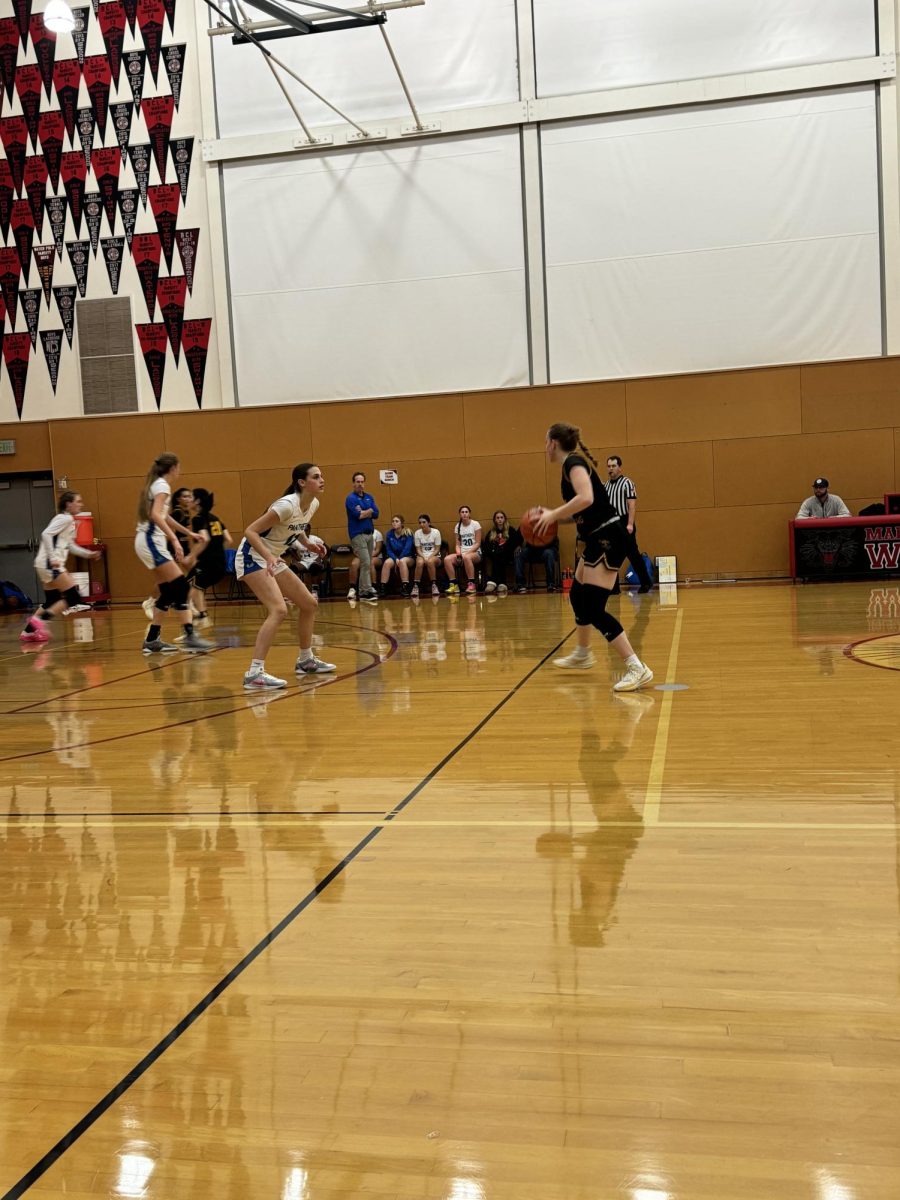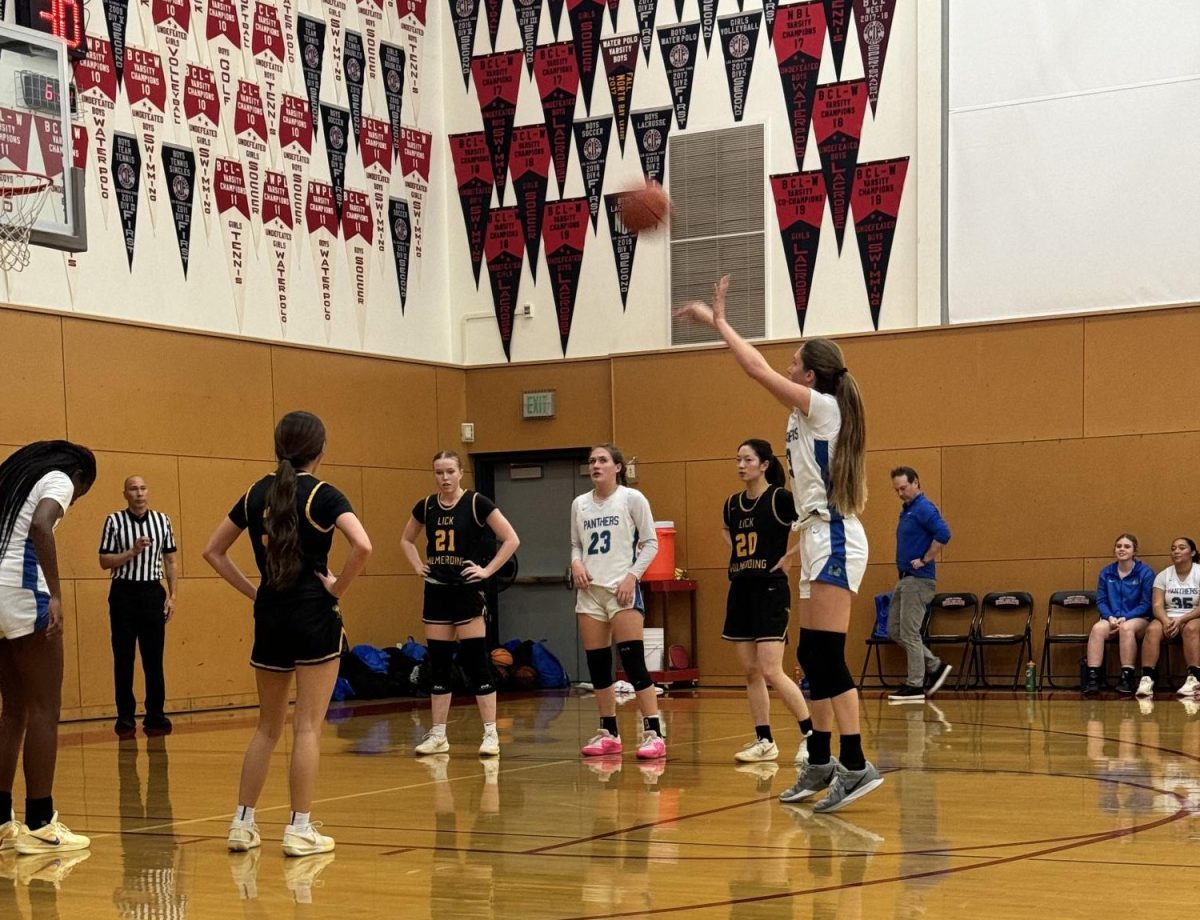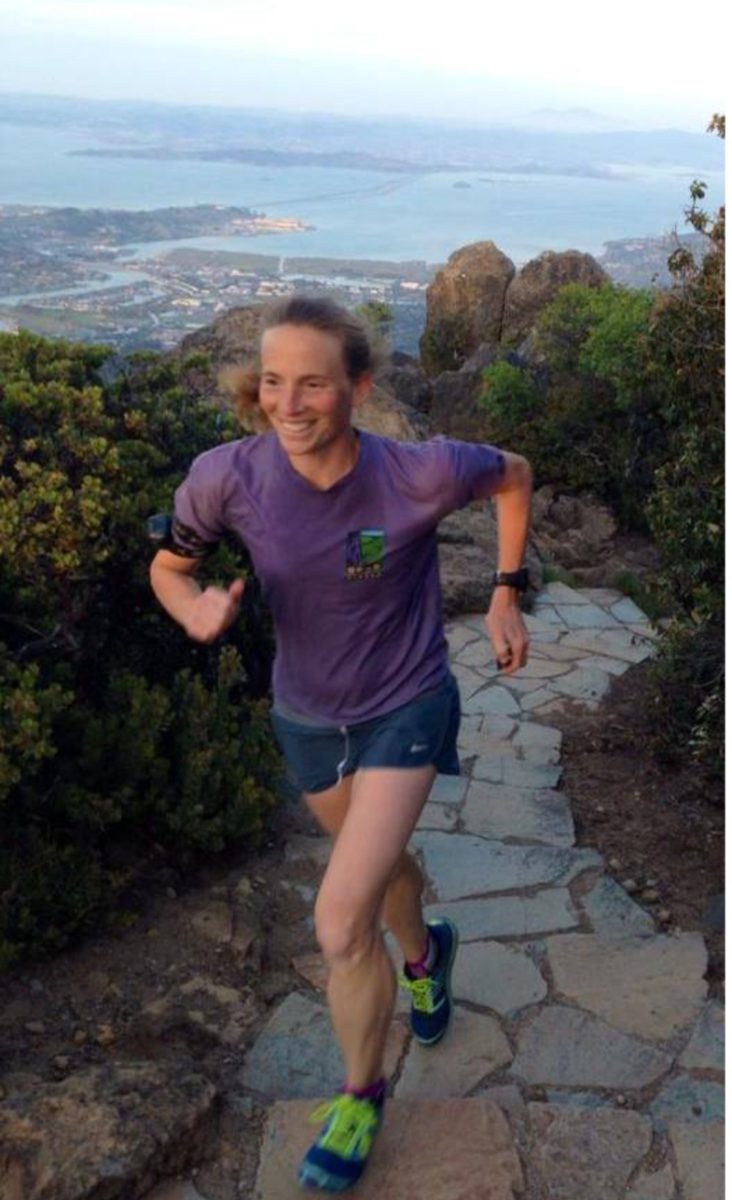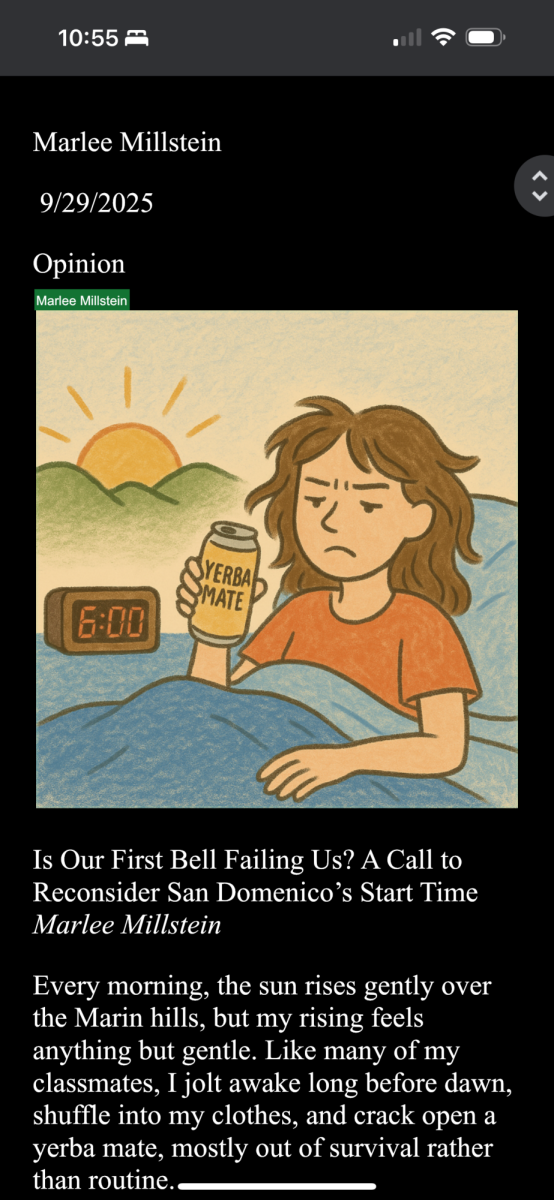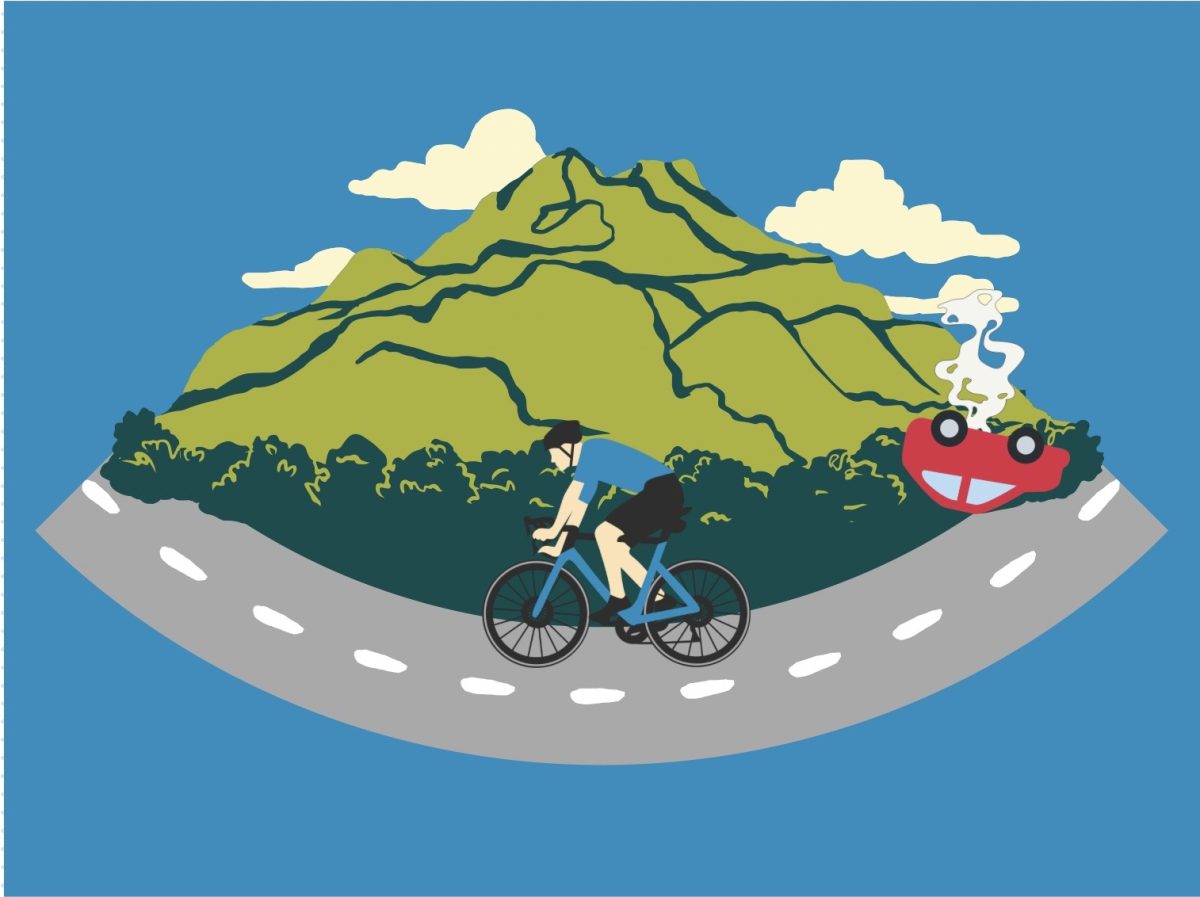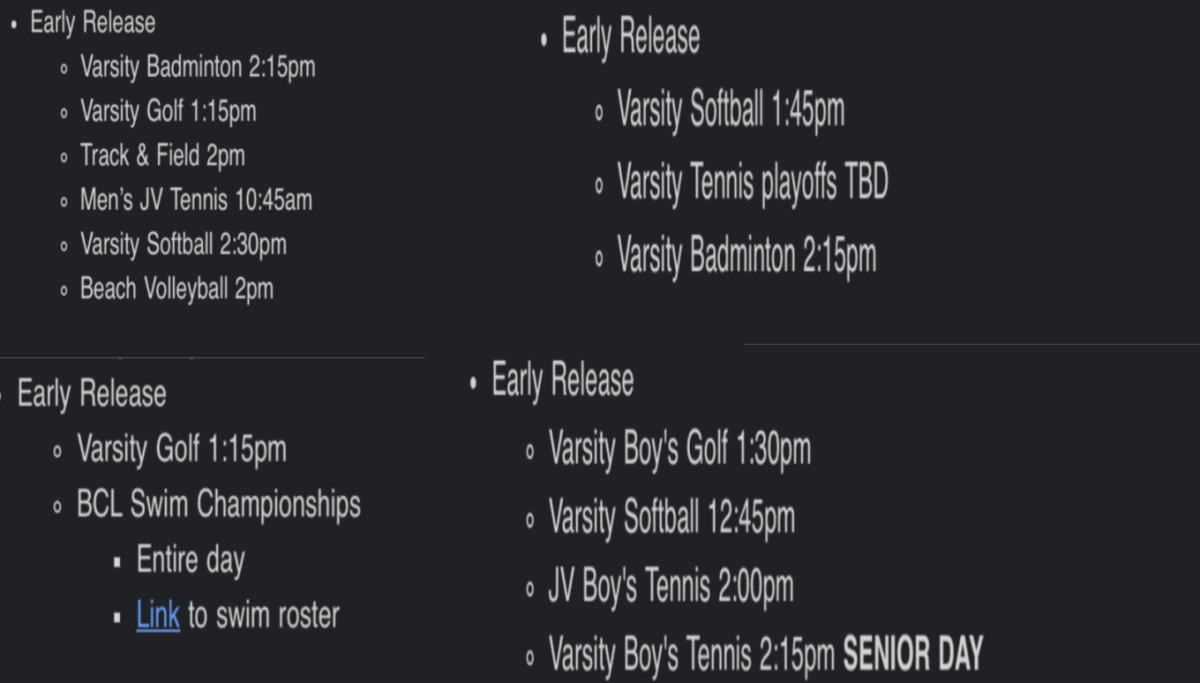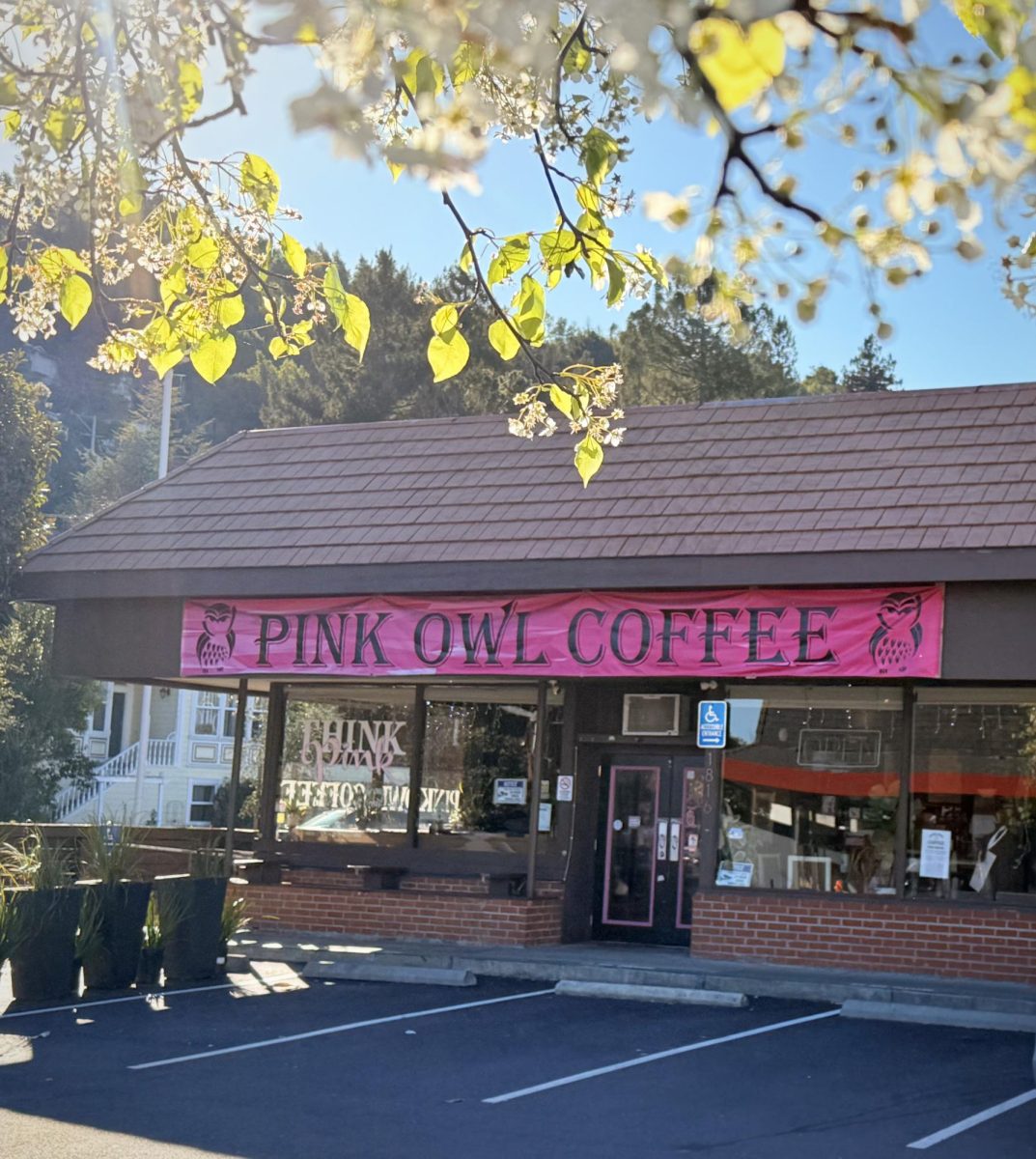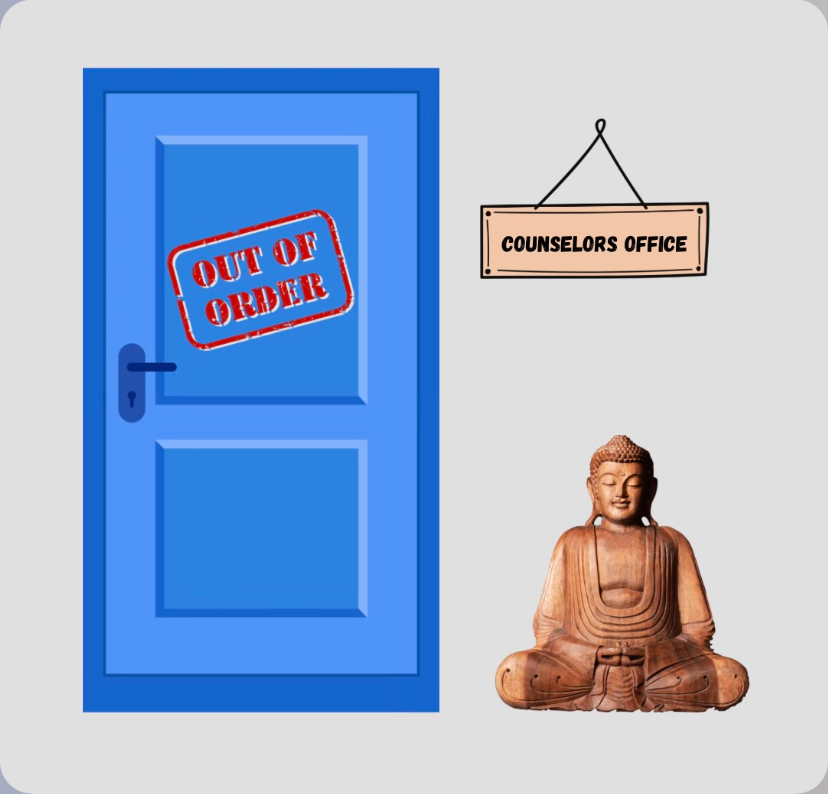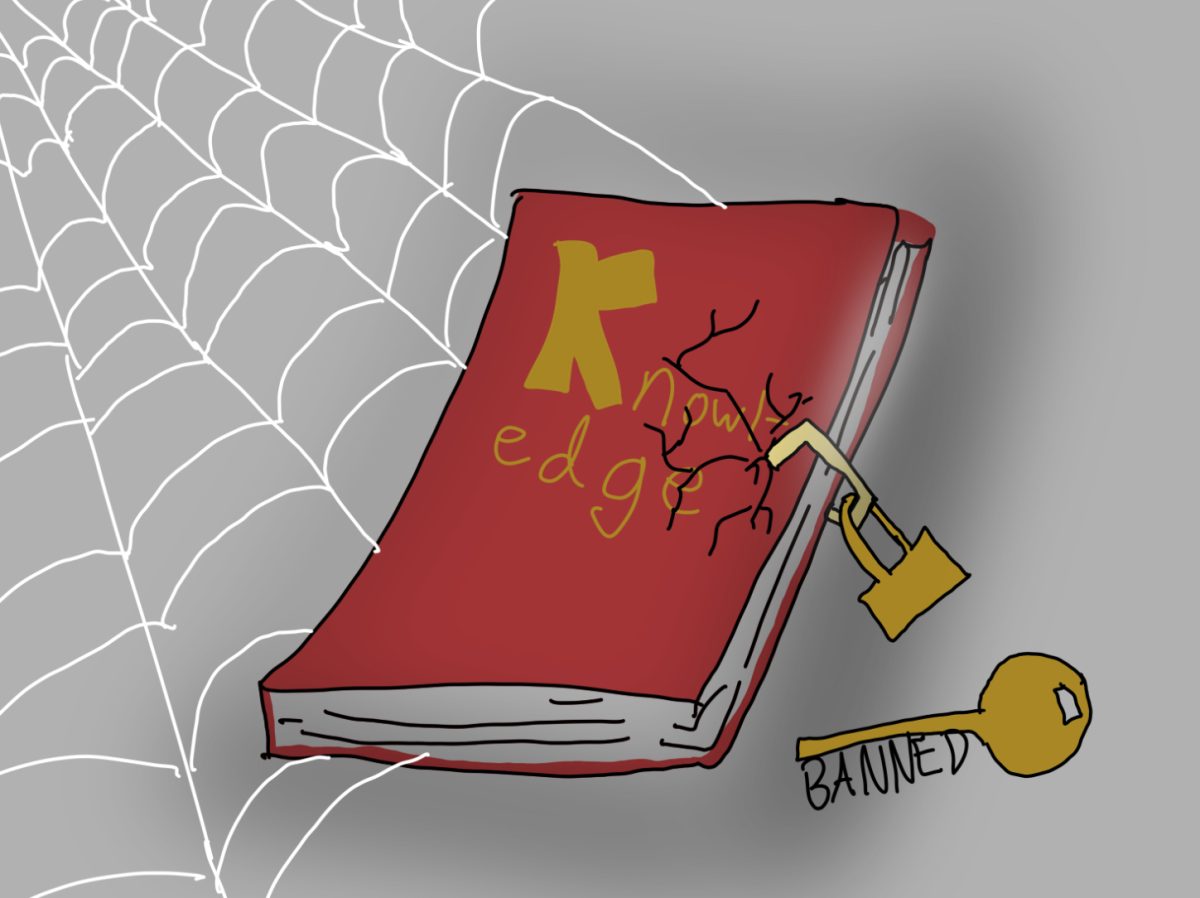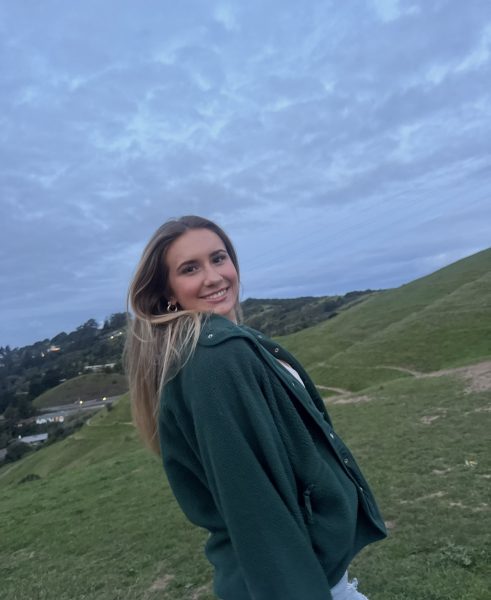Every morning, the sun rises gently over the Marin hills, but my rising feels anything but gentle. Like many of my classmates, I jolt awake long before dawn, shuffle into my clothes, and crack open a yerba mate, mostly out of survival rather than routine.
While I rip my warm duvet covers off and force myself to get ready for school at 6:00 am, I ponder,
“What if our mornings could actually begin in a rhythm coherent with our biology?”
Across Golden California, public schools are pushing back start times to honor what neuroscience tells us: Teenagers need more sleep, and they need school to start later. If San Domenico truly stands for academic excellence, wellness, and well rounded student learning, as our alma mater preaches then it’s time to ask the question: Is our early start time of 8:10 a.m. harming student health, performance, and well-being?
What Science Says: Teens Aren’t Wired for Early Bells
Let’s start with the facts. During adolescence, our internal circadian rhythms shift. This means teens naturally fall asleep later… often around 11:00 p.m, and need roughly 8–10 hours of sleep per night. The problem? Early start times force us to wake during our biological low point, when our brains are least alert and most prone to fatigue.
According to a 2024 Sleep Science and Practice review, sleep-deprived teens are more likely to struggle with focus, mood swings, anxiety, and even depression. This is not a rare phenomenon, rather a science based effect that can and will happen from restricted start times.
Another NIH-backed study found that when schools moved start times later, students gained an average of 43 more minutes of sleep per night, without staying up later. These 43 minutes, almost an hour, are incredibly important for an adolescents upbringing and can advantage performance in school and overall mood. Other schools have realized this. Why havent we?
A Law We’re Not Required to Follow, But Maybe Should
California understood our natural biology, passing SB 328, a law that went into effect in 2022.
This law requires public high schools to start no earlier than 8:30 a.m and middle schools no earlier than 8:00 a.m. Districts across Marin and the Bay Area have adjusted accordingly. Redwood, Archie Williams, and Tamalpais High Schools all now start at or after the mandated times.
But San Domenico as a private, independent school, isn’t legally required to follow SB 328. That gives us more flexibility, but it also gives us more responsibility. Just because we can keep early hours doesn’t mean we should.
Local public schools have already adjusted, but what about private institutions?
The Branson school starts at 8:45 a.m as well as Marin Academy with rotating late-start days. The Bay School in San Francisco has experimented with flexible scheduling. These schools also face the same challenges we do: transportation logistics, athletics, boarding, and after-school commitments. But many are adjusting because unlike San Domenico, they understand that the benefits outweigh the costs.
Let’s be honest…
A schedule change wouldn’t be simple. Athletics may end later. Boarding students have set routines for breakfast and study hall, so that would change as expected. Parents may need to shift drop-off times. Teachers and staff may have contracts built around current hours.
But we’re not talking about a radical change overnight. Even a 30-minute shift could make a meaningful difference. And we could pilot changes gradually, with community feedback and data collection guiding the way.
Besides, are we really saying tradition is more important than student well-being?
San Domenico: What We Know (and What We Don’t)
Sleep isn’t just about comfort (although its a plus), it’s about memory, focus, and resilience. Early bells don’t just make us tired. They make us underperform.
This ambiguity raises an important point:transparency matters. If we care about student wellness, we should asses whether our start times align with what we now know about adolescent sleep needs. And with that, our values as a community.
What San Domenico Could Gain
Enough pouting. The benefits of a later start aren’t just theoretical. They’re personal.
More alert mornings means better discussions and more meaningful learning. This marks the end of teachers having to wake their students up in class.
Which, believe me, is a common occurrence.
Improved mental health means less stress, better moods, and better performance. Reduced tardies and absences means a more stable school culture
What San Domenico Can Do, Starting Now
This isn’t a demand. It’s an invitation and a call for action.
Here are practical, reasonable steps the school could take:
- Survey students, parents, and faculty about sleep habits, start time preferences, and concerns.
- Try a delayed start, even just 15 minutes, and track outcomes.
- Collaborate across departments to make changes manageable.
- Publish real start times for transparency.
I know I’m not alone when I say I often feel exhausted during the first period, not because I stayed up irresponsibly, but because (as backed up by science) I physically can’t fall asleep earlier and get more than seven hours of sleep. I want to be at my best, not my most sleep deprived.
This isn’t about sleeping in. It’s about waking up to what the research says, to follow in suit of other Bay Area High Schools, and to listen and make change based on what our students are silently enduring.
If San Domenico values excellence, balance, and well-being, then we must at least ask: Are we truly living up to those ideals with our current schedule?
Let’s imagine a San Domenico where first-period students arrive refreshed and ready, not slumped and silent. Not dependent on 200 milligrams of caffeine. Where classrooms buzz with energy, not fatigue. Where we prioritize learning and wellness, because we know they go hand in hand.
Let’s listen to science, to our peers, and to each other.
Because we deserve mornings that begin with curiosity, not exhaustion.
